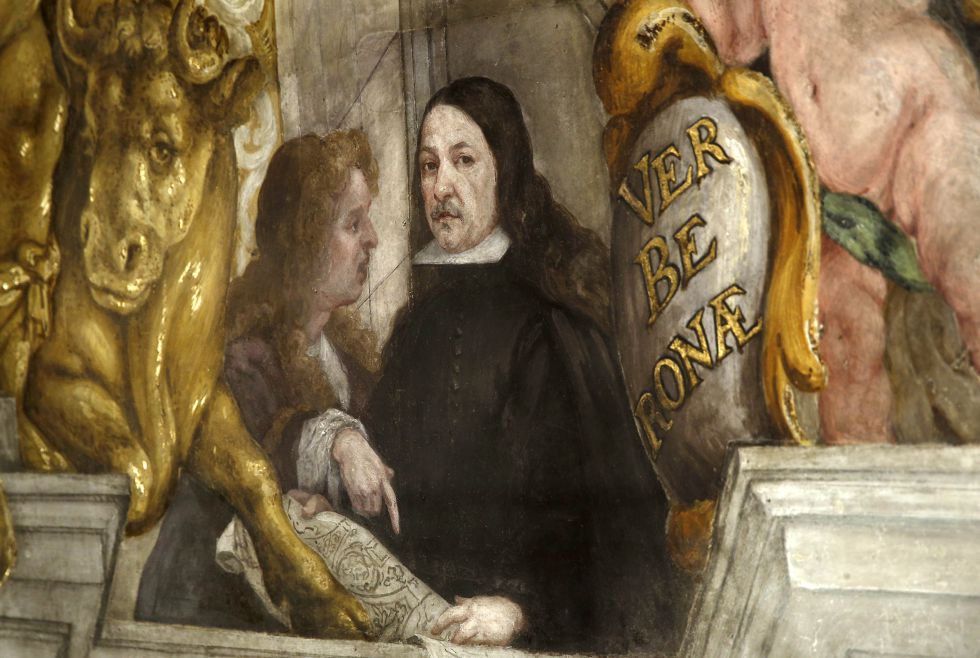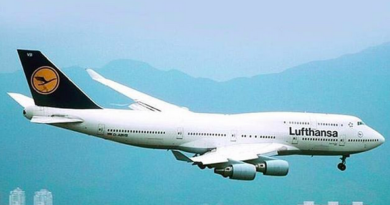The Valencian Sistine Chapel
It has been given the nickname “the Valencian Sistine Chapel” thanks to a Gianluigi Colalucci comment, renowned international expert and chief restorer of the Sistine Chapel in the Vatican, who baptised the frescoes in the church of Saint Nicholas in Valencia as worthy counterparts of Michelangelo’s Vatican masterpiece.
Located and half-hidden in the center of Valencia, far from the bustle of the central Caballeros street, where a narrow passage gives access to the temple, the 15th-Century-Gothic church and Baroque decoration enjoys a new life thanks to an enormous complete restoration, both pictorial and ornamental and architectural, which lasted nearly four years.
Dazzle and impress. The frescoes in the church of Saint Nicholas are displayed over an irregular surface of 1,904 square meters of vaults, nerves and columns -in front of 800 square meters of the most famous chapel of the Vatican Basilica -where Valencian artist Dionís Vidal (Valencia 1670- Tortosa 1719) implemented the design conceived by the prestigious painter Antonio Palomino, his mentor.
The frescoes have a strong narrative character, as was customary in the counter-Reformist 17th-Century in Spain. The nave is conceptually divided into two parts: one half narrates the life and miracles of Saint Nicholas who alleviated the poverty of a father and the prostitution of his three daughters, giving them anonymous gifts; this event is the origin of the myth of Santa Claus. The other half of the nave tells the story of Saint Peter Martyr.
As the restoration was developing, new surprises appeared. A painting of a woman representing Ecclesia Mater which had been hidden for centuries was also restored. Other discoveries have been a self-portrait of Vidal along with his master in the gable end wall, where he painted the evangelists Saint Lucas and Saint Marcos.
At a cost of 4.7 million Euros funded entirely by the private Foundation Hortensia Herrero, the Restoration Institute of the Universitat Politècnia de València interdisciplinary team led by professor and researcher Pilar Roig has used more than 6,000 sheets of paper for fixing paints, 10,000 liters of distilled water, 100 kilos of cotton and 500 brushes and has invested more than 41,400 hours of work that have enabled reversing the severe deterioration suffered by these paintings due to degradation of roofs and windows of the nave.
The building enters now the phase of preventive conservation or monitoring to ensure the sustainability of the project, such as thermal probes and automated opening windows for ventilation of the nave. The restoration was presented in early February and has already received more than 20,000 visits during that month, with peaks up to 2,000 visitors per day.
If the face is the mirror of the soul, the church of Saint Nicholas could easily be the mirror of Valencia’s soul.
Considered by many intellectuals as an Italy graft in the Iberian Peninsula –the Renaissance enters into Spain through Valencia- the country of Valencians requires a slow learning. One will never end up fully understanding it, as is the case of almost all Italian regions.
Mediterranean, festive, bustling, Valencia struggles to overcome the darkest years of its recent history. The engine of the Spanish rampant economy in the first decade of 2000, the region of Valencia has evolved into a caricature of itself and a symbol of some of the major excesses that characterized the Spanish crisis in recent years. A controversial vision, unfair and abusive, despite it contains elements of truth.
The primitive austere building of Saint Nicholas parish, built in the 13th Century, was reconverted into a Gothic style church and ornately decorated at the initiative of Borja family (Italianised Borgia). This happened in the 15th Century, at the time of Valencia’s greatest splendor; in the Century of the First Globalization Pope’s -the Valencian Alexander VI- who divided the World into two oceanic areas of influence (Treaty of Tordesillas between Castile and Portugal). Over time, the Gothic evolved into Baroque in a new twist.
Cheerful, festive, irreverent, in the “leaden years” of the Cold War, the Soviet Union bought more than 6 million kilos of Valencia oranges in 1950 (4.7 millions East Germany, 4 million Czechoslovakia, 1 million Poland, etc.). Valencians were nearly the only Westerners, together with the Italians and their Fiats, who managed to pierce the iron curtain with a cargo of oranges on their shoulders. Valencia, Italian city.
Many miracles are attributed to Saint Nicholas, known as Saint Nicholas of Myra in the East (on account of his place of death) and as Saint Nicholas of Bari in the Western nations (on account where his mortal remains can be found to this day). His figure is remarkable in the Christian world because has given rise to the myth of Santa Claus. In the Italian city of Bari exists a widespread popular devotion to him, as do in Valencia. Parishioners will continue praying but under more luster.
Valencia is rediscovering its place on the world in the midst of a tremendous economic, social and political turmoil. The final result of Saint Nicholas Church restoration’s made Valencians feel proud and contributed to return a bit of their self-esteem lost in recent years. It seems Valencia has initiated a reverse path, more Gothic and less Baroque. Perhaps Valencians learnt the lesson. Or perhaps Saint Nicholas is acting again.





